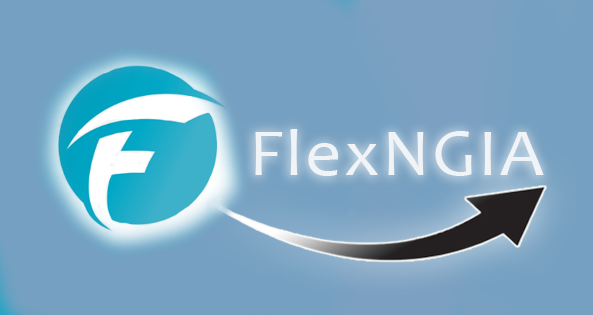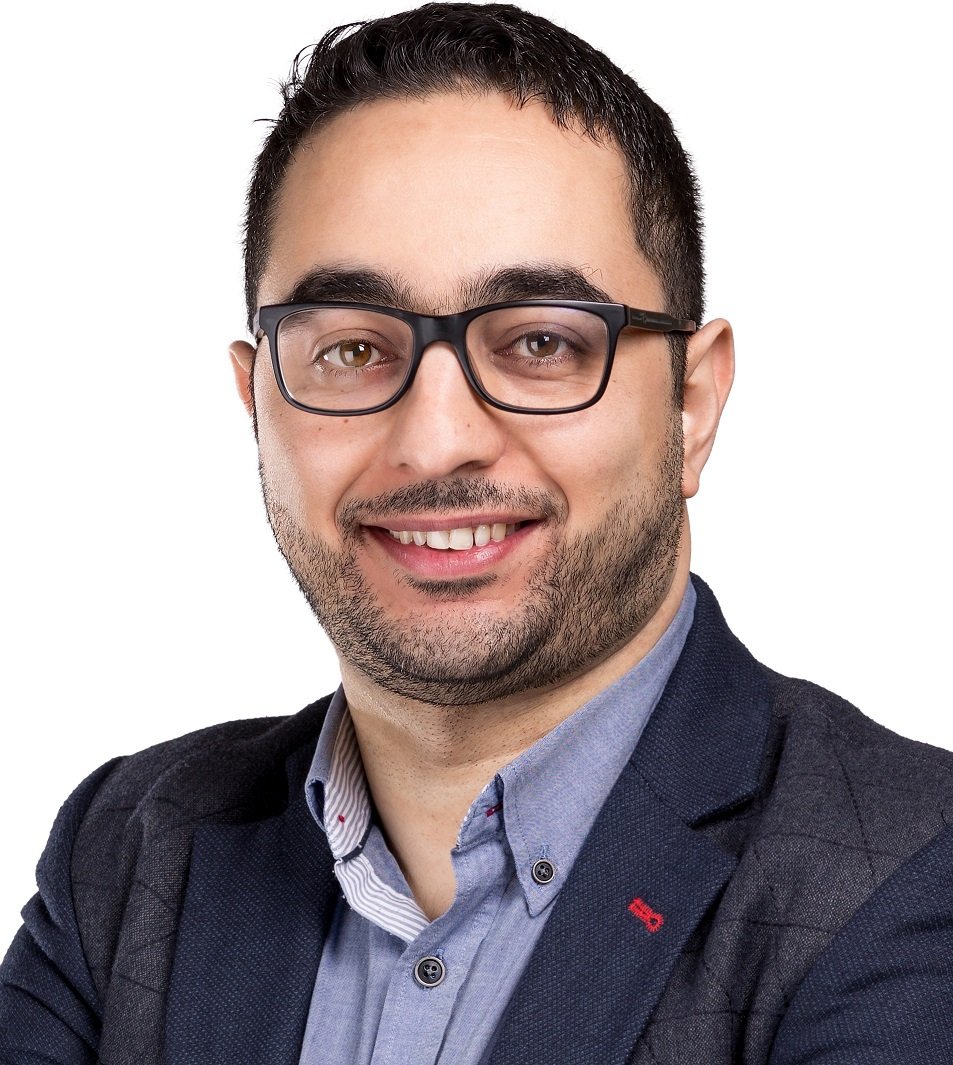
Workshop Program (time in Central European Summer Time - CEST)
8:50-9:00 Opening
9:00-9:45 Keynote 1 - AI/ML based management of future networks by Csaba Vulkán (Nokia Bell Labs, Hungary), Session Chair: Miguel Camelo
9:45-10:30 Keynote 2 - Incident Investigation: From Packets to Graph-Based Analysis by Milan Cermak (Masaryk University,Czech Republic), Session Chair: Martin Husák
10:30-11:00 Break
11:00-12:30 Technical Session 1 (6 papers - 15mn per paper including Q&A), Session Chairs: Mohamed Faten Zhani, Miguel Camelo
"Implementation and evaluation of the Multi-connection Tactile Internet Protocol and API", Delia Rico (Universidad de Málaga, Spain), Karl-Johan Grinnemo (Karlstad University, Sweden), Anna Brunstrom (Karlstad University, Sweden), Pedro Merino (Universidad de Malaga, Spain)
"Data Usage in IoT: A Characterization of GTPTunnels in M2M Mobile Networks", Simon Raffeck (University of Würzburg, Germany), Stefan Geissler (University of Wuerzburg, Germany), Michael Krolikowski (EMnify, Germany), Steffen Gebert (EMnify, Germany), Tobias Hossfeld (University of Würzburg, Germany)
"Characterizing Mobile Signaling Anomalies in the Internet-of-Things", Viktoria Vomhoff (University of Würzburg, Germany), Stefan Geissler (University of Wuerzburg, Germany), Frank Loh (University of Würzburg, Germany), Wolfgang Bauer (EMnify, Germany), Tobias Hossfeld (University of Würzburg, Germany)
"QoS-Aware Inter-Domain Connectivity: Control Plane Design and Operational Considerations", Stanislav Lange (NTNU), Jane Frances Pajo (Telenor), Thomas Zinner (NTNU), Hakon Lonsethagen (Telenor), Min Xie (Telenor)
"On Minimizing TCP Retransmission Delay in Softwarized Networks", Haythem Yahyaoui (ETS Montreal, Canada), Malek Majdoub (ISITCom, Université de Sousse, Tunisia), Mohamed Faten Zhani (ETS Montreal, Canada), Moayad Aloqaily (Gnowit Inc., Canada)
"Predicting network performance using GNNs: generalization to larger unseen networks" Miquel Farreras (Universitat de Girona), Paola Soto (University of Antwerp - imec/Universidad de Antioquia), Miguel Camelo (University of Antwerp - imec), Lluis Fabrega (University of Girona), Pere Vilà (Universitat de Girona)
12:30-13:30 Break
13:30-15:00 Technical Session 2 (6 papers - 15mn per paper including Q&A), Session Chairs: Martin Husák, Miguel Camelo
"Natural Language Processing Applied to Dynamic Workflow Generation for Network Management", Andrzej Jasinski (Technological University of the Shannon), Yuansong Qiao (Technological University of the Shannon), Enda Fallon (Athlone I.T), Ronan Flynn (Technological University of the Shannon)
"Application Placement in Fog Environments using Multi-Objective Reinforcement Learning with Maximum Reward Formulation", Reinout Eyckerman (University of Antwerp - imec), Philippe Reiter (University of Antwerp - imec), Steven Latré (University of Antwerp - imec), Johann Marquez-Barja (University of Antwerp - imec), Peter Hellinckx (University of Antwerp - imec)
"Identification of Attack Paths Using Kill Chain and Attack Graphs", Lukas Sadlek (Masaryk University), Pavel Celeda (Masaryk University), Daniel Tovarnak (Masaryk University)
"ObservableDB: An Inverted Index for Graph-Based Traversal of Cyber Threat Intelligence", Daniel Tovarnak (Masaryk University), Michal Cech (Masaryk University), Dusan Tichý (Masaryk University), Vojtech Dohnal (Masaryk University)
"GNN-Based Malicious Network Entities Identification In Large-Scale Network Data", Stepan Dvorak (Cisco Systems), Pavel Prochazka (Cisco Systems), Lukas Bajer (Cisco Systems)
"Cyber threat response using reinforcement learning in graph-based attack simulations", Jakob Nyberg (KTH Royal Institute of Technology), Pontus Johnson (KTH - Royal Institute of Technology), András Méhes (Ericsson)
15:00-15:30 Break
15:30-17:00 Special Panel on Research Projects on the design, management and security of Future Internet , 5G and beyond
Panel Moderator: Hesham ElBakoury, Innovax Technologies, USA
Panelists: Mohamed Faten Zhani (ETS Montreal, Canada), Ricard Vilalta (CTTC, Spain), Alexander Clemm (Futurewei, USA)
Panel description: With the recent advances in network softwarization, virtualization and data plane programmability along with the emergence of a large array of futuristic applications, there are several initiatives and projects (e.g., FlexNGIA, TeraFlow) that were launched recently to focus on the design of the next generation networks and to provide a testbed to effectively leverage, test and evaluate the capabilities of these new technological advances in order to cater the requirement of the future Internet, 5G networks and beyond. This panel will shed the light on those efforts and will highlight the research opportunities, collaborations and key research directions addressed by some of the existing initiatives.
17:00-17:30 Closing by Session Chairs: Miguel Camelo, Martin Husák, Mohamed Faten Zhani, Hamida Seba
Organizing Committee
General Co-Chairs
Hesham Elbakoury, Innovax Technologies, USA
Håkon Lønsethagen, Telenor, Norway
Noura Limam, University of Waterloo, Canada
TPC Co-Chairs
Thomas Zinner, Norwegian University of Science and Technology, Norway
Mohamed Faten Zhani, ETS Montreal, Canada
Nashid Shahriar, University of Regina, Canada
Technical Program Committee : Please check the FlexNGIA Team Page
Call For Papers
The rise of edge, cloud and in-network computing and the proliferation of Artificial Intelligence (AI) and Machine Learning (ML) are promoting the development of innovative applications like virtual/augmented reality, holography, telepresence, autonomous systems, remotely controlled robotics and tactile applications, promising to revolutionize health-care, transportation, industry, agriculture, society and culture. However, to deploy such applications and to comply with their requirements, there is a need for a Tactile Internet that, according to the International Telecommunication Union (ITU), combines ultra low latency with extremely high availability, reliability, and security.
Unfortunately, the current Internet architecture and protocols fall short when it comes to providing such requirements due to several fundamental design and implementation limitations. As a result, there is a compelling need to rethink the Internet architecture and protocols to overcome those limitations by efficiently harnessing recent technological advances in terms of virtualization, network softwarization,network function virtualization, software defined networking, data plane programmability and even if the tenets of the current Internet should be broken. Such novel architectures and protocols are embodied in several initiatives like FlexNGIA (https://www.FlexNGIA.net) or projects like Teraflow (https://www.teraflow-h2020.eu), working towards building new architectures or improving parts of existing architectures in order to improve their flexibility and enable novel network services and management schemes adapted to the requirements of future applications.
Topics of Interest
The topics addressed in this workshop include but are not limited to:
Analysis of the characteristics and requirements of future network applications.
Gap analysis highlighting the limitations of the traditional Internet architecture and protocols and their inability to cater to future applications’ requirements.
Design and evaluation of new architectural paradigms and communication protocols as well as network management schemes based on AI/ML and distributed decision making .
Use-cases and specific applications and potential mechanisms, protocols and schemes to ensure the performance and reliability required by future applications including the move to Industry 5.0 and 6G networks.
Solutions to further develop a full-fledged architecture by addressing key research challenges including service function chaining, functional decomposition, alternative Network/Transport protocols, resource management, signaling, design of high-performance virtual network functions and services, high-precision communications, monitoring, measurements and in-network telemetry, inter-domain management, and security and privacy. (please check FlexNGIA Research Challenges)
Paper Submission
Authors are invited to submit original contributions. Submitted manuscripts should use IEEE 2-column conference style and are limited to 6 pages (including references).
Please submit your paper through the JEMS submission system via link : https://jems.sbc.org.br/home.cgi?c=4021
Important Dates
Paper submission deadline: 13 February 2022 (extended)
Acceptance notification: 13 March 2022
Camera-ready submission: 27 March 2022







